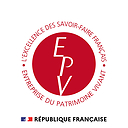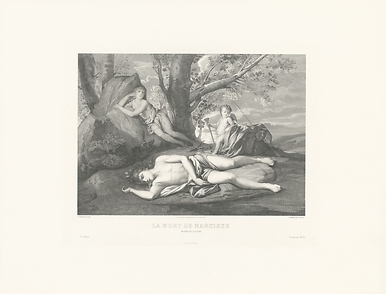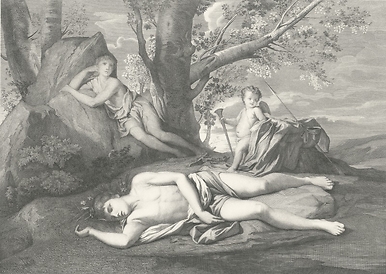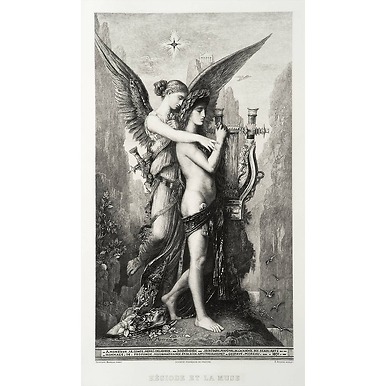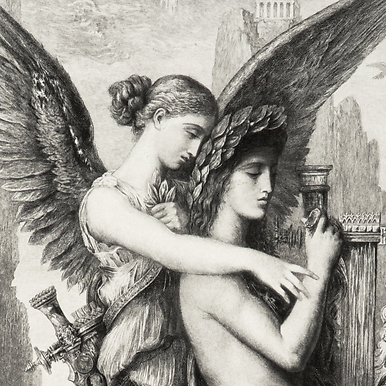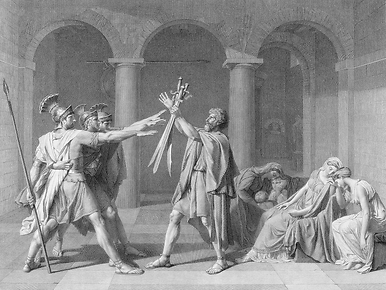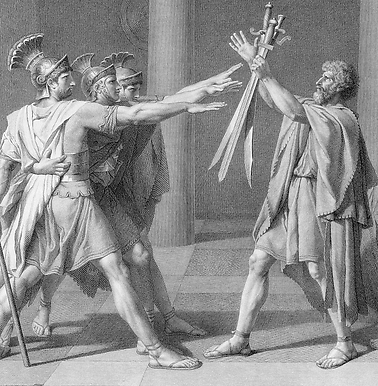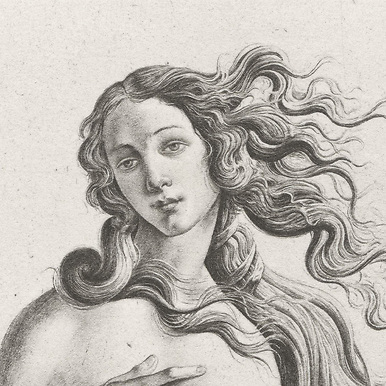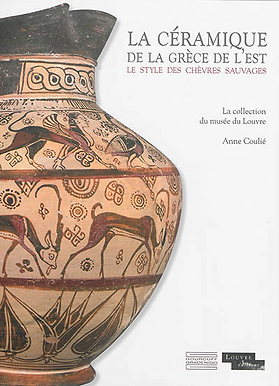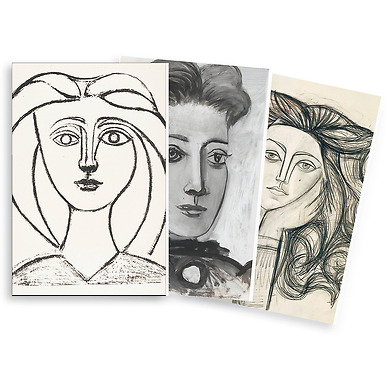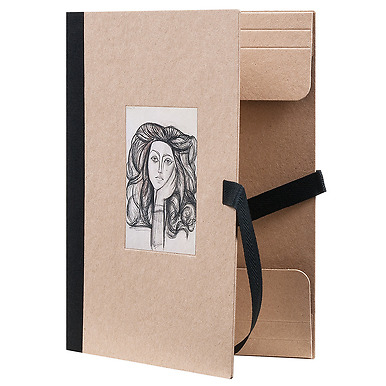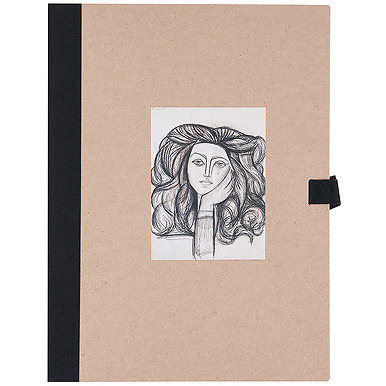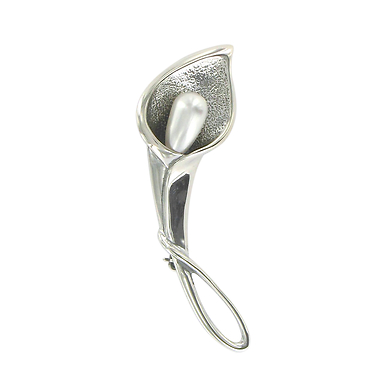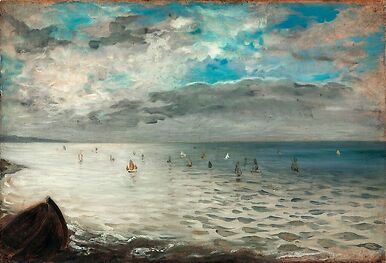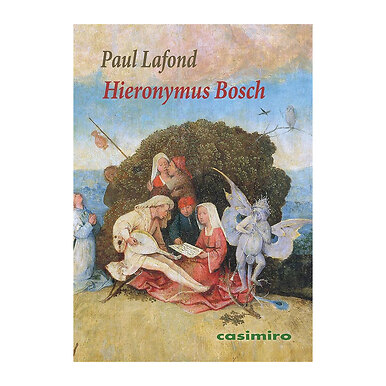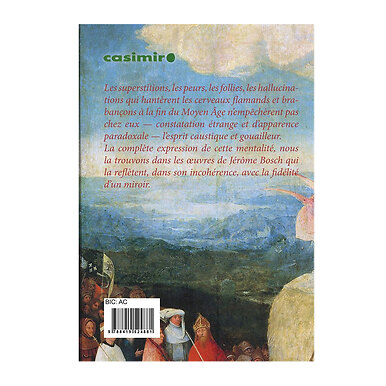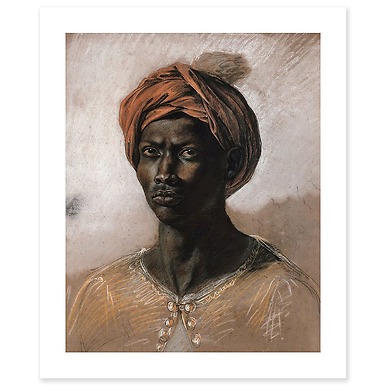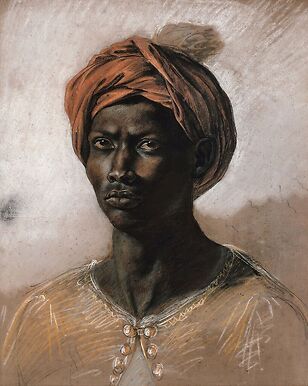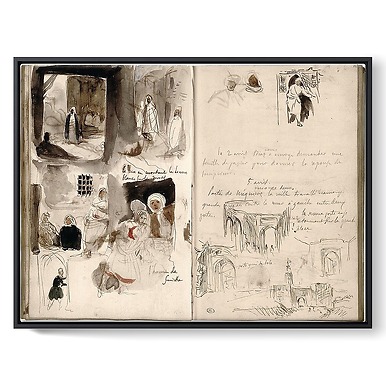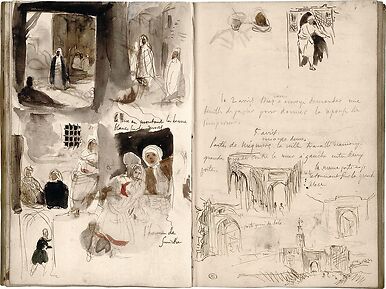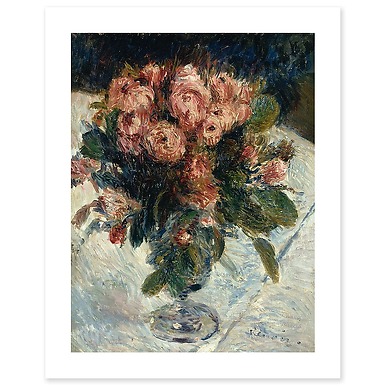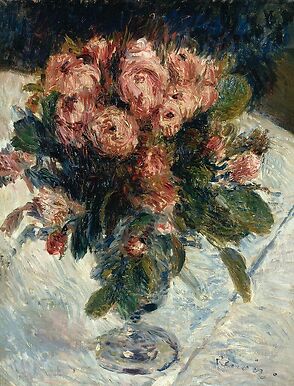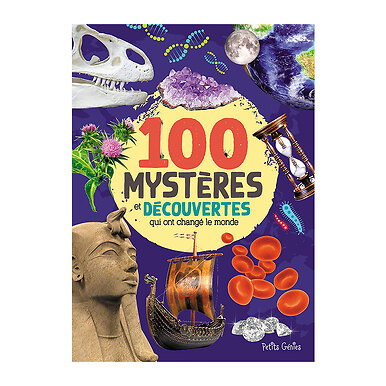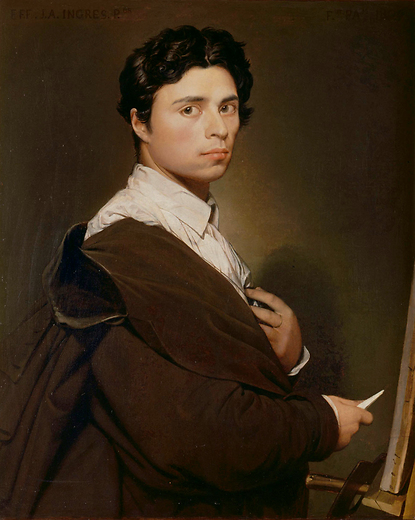Engraving Oedipus explains the enigma of the sphinx - Ingres
KM006008
Read more
Sold by GrandPalaisRmn
Characteristics
- Delivery
- Order shipped directly from the Art Workshops within 3 weeks
- Maintenance
- Eviter toute source d'humidité et de lumière directe. Ne pas plier la feuille
- Museum
- Musée du Louvre
- Themes
- Mythology, Made in France
- Dimensions
- 38 x 56 cm
- Printing Technique
- Eau-forte, burin
- Artist
- Jean-Auguste Dominique Ingres (1780-1867)
- Art movement
- 19th century
- Reference
- KM006008
- EAN
- 3336727372579
- Editor
- Ateliers d 'art de la Rmn-GP
- Conservation museum
- Paris - Chalcographie du musée du Louvre
Our selection

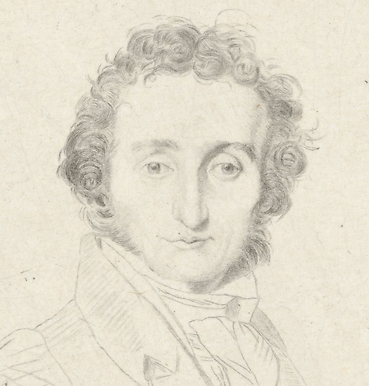
Personalities and historical events
Portrait of Paganini violinist and composer - Jean Auguste Dominique Ingres
KM006788
- Current price€ 110


Red chalk
Engraving The Stamati family - Pierre Munier according to Ingres
KM006488
- Current price€ 160




